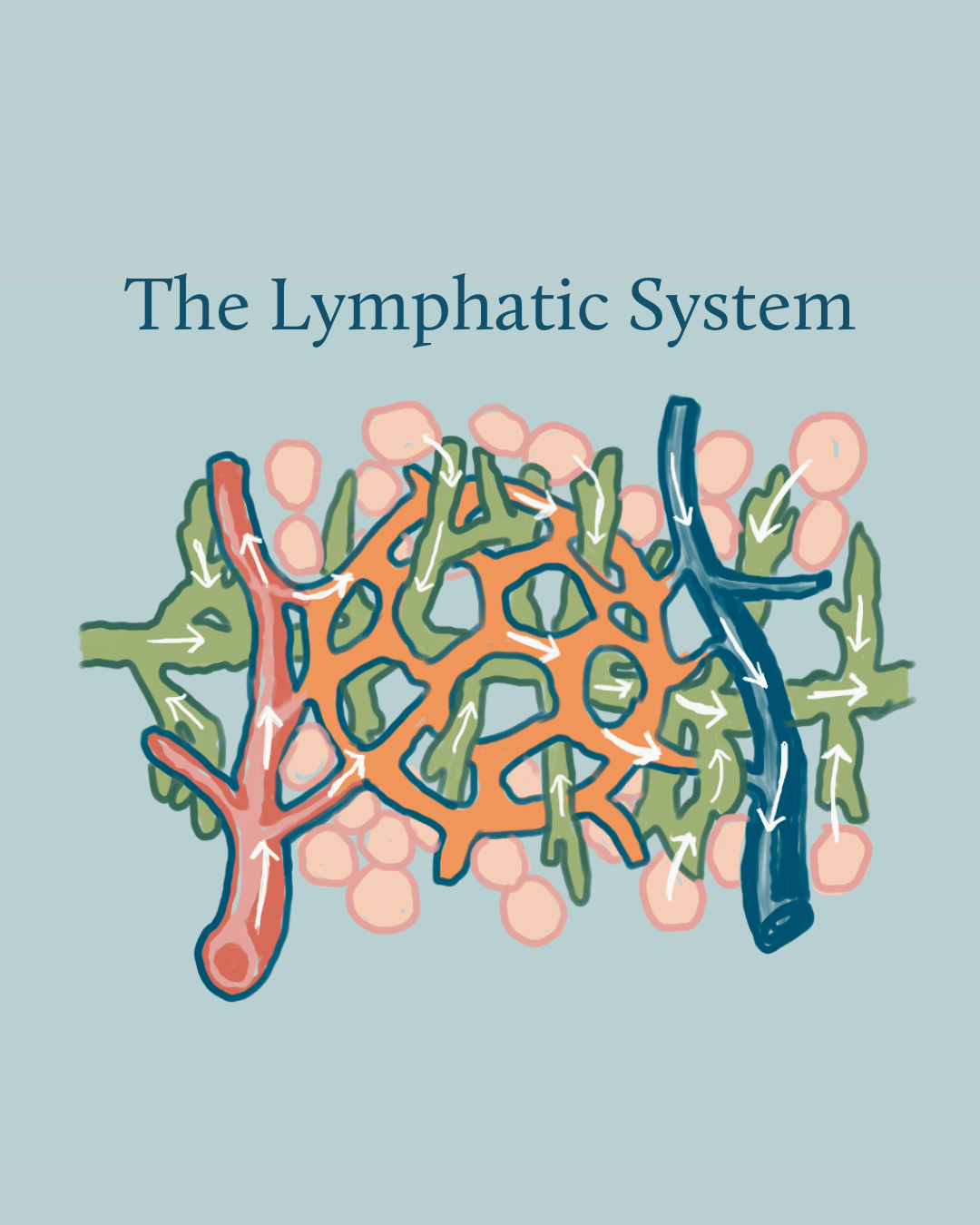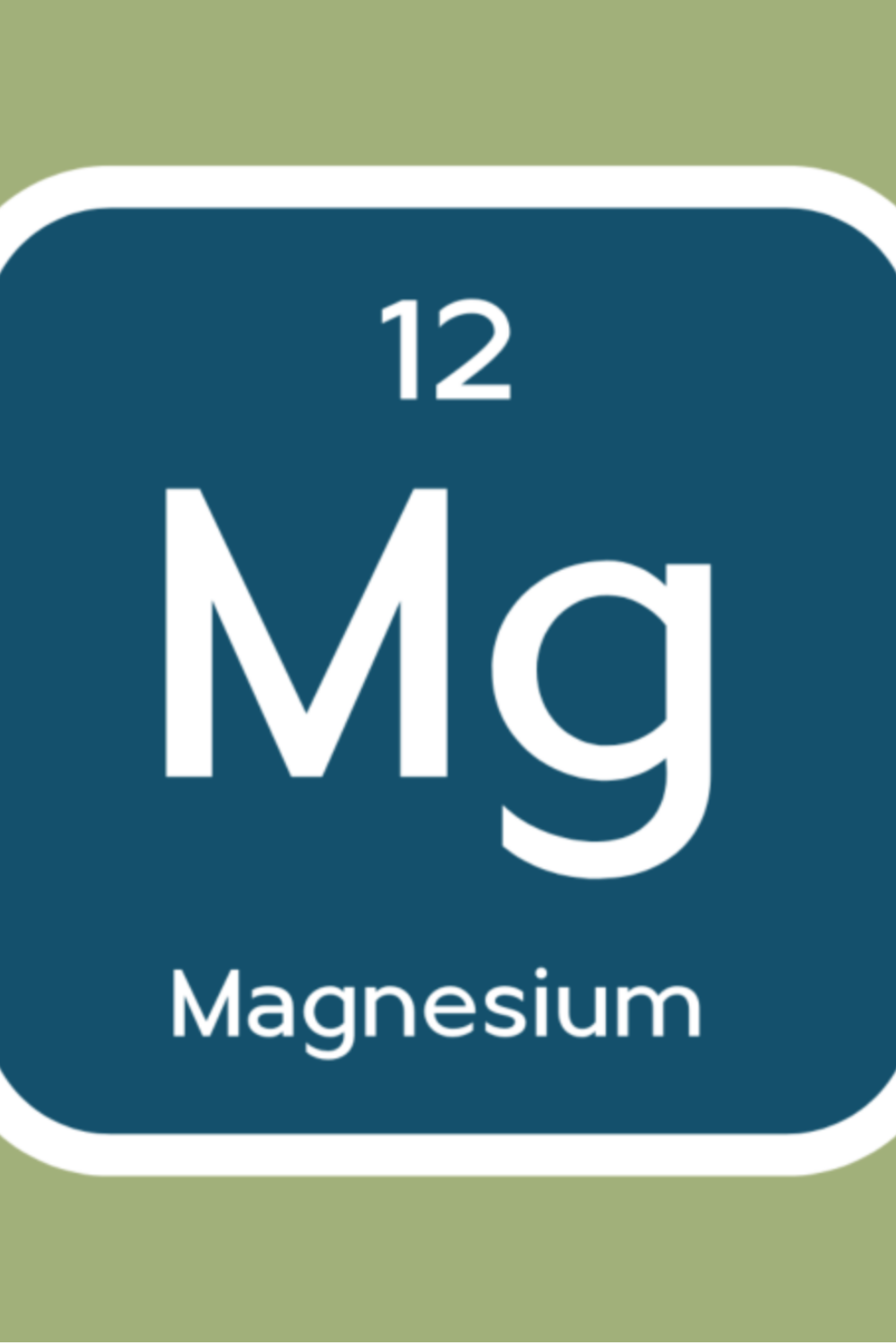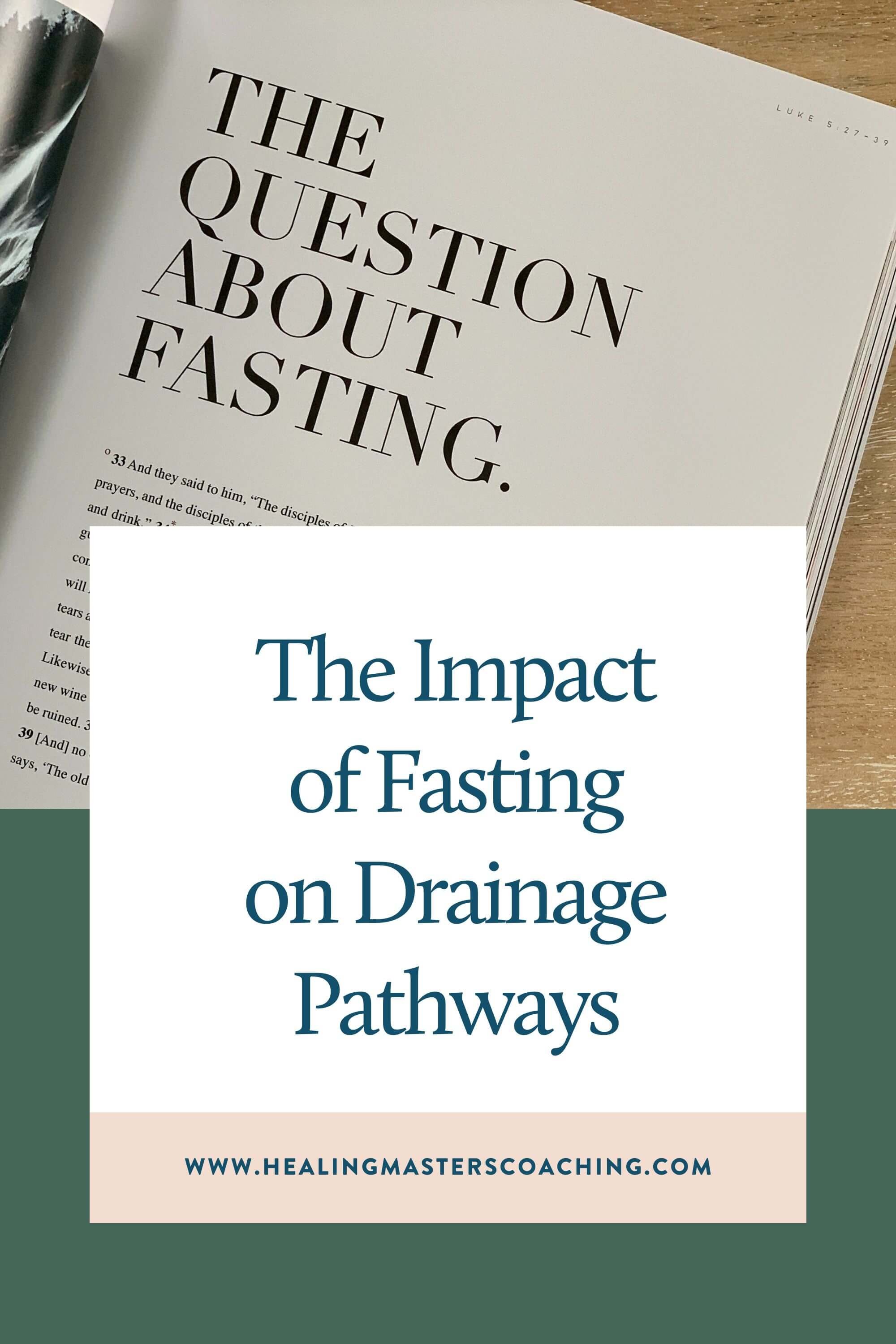How A pH Imbalance Impacts Your Health
I wish I had learned about the importance of proper pH sooner in my healing journey, as it was one of the key pieces to the puzzle. Understanding how to maintain proper pH can be a real game changer for most people, especially if you are currently experiencing uncomfortable inflammatory or chronic mysterious symptoms. An over accumulation of acid in the body is most common, especially with the constant toxin exposures we face from our environments and the acidic processed food choices abundant in our grocery and convenience stores.
What is pH? What is Optimal?
Simply put, pH is a measure of the acidity or alkalinity of a fluid. pH is measured on a scale of 0 to 14, with the ideal pH being 7.0 – 7.4. The body is mostly made up of water (approximately 70%) so proper pH of our fluids is important for the body to function as its supposed to. Normal blood pH is 7.4. If it drops below 6.8, or rises above 7.8, respiratory and cardiac function are compromised, the blood-clotting process changes, and the risk of death and major disease rises.
Below 7.0 indicates an acidic condition, like metabolic acidosis
Above 7.4 indicates an alkaline condition, like metabolic alkalosis
Our Bodies Rely on a Carefully Balanced pH to Function Well
What the body goes through to maintain ideal pH balance is widely under-appreciated. The body has sophisticated defense mechanisms in place to help us buffer toxins and remove waste products. Did you know that enzymes require very specific pH levels to work? If the body is even slightly too acidic or alkaline, those key enzymatic reactions are unable to happen. This may not sound like a big deal, but once you understand how many important bodily functions are controlled by enzymatic reactions, you will appreciate how important balancing pH is to the healing process and living an optimal life. The work our bodies do to buffer our blood is crucial to our survival. The pH of blood must be kept constant for normal body functions to work. If blood becomes too acidic, or too basic, then enzymes and proteins are unable to function. A chronic state of acidity leads to disease and illness.
How pH Balance is Achieved in The Body
There are three primary ways that the body maintains pH balance:
Chemical buffer systems in the blood (carbonic acid/hydrogencarbonate) - Red blood cells play an important role in the removal of excess hydrogen ions in the body. When acidic substance enters the bloodstream, bicarbonate ions neutralize the hydrogen ions preventing the pH of blood from becoming acidic. To bring your body back into balance, your blood needs to pull from alkaline stores in your body – such as water, calcium, magnesium and potassium. There is a limit to how much this can stabilize pH, which is often reached during high-intensity exercise (like sprinting, spin, or HIIT). This is because aerobic respiration produces large amounts of hydrogen ions and the lungs may not be able to remove carbon dioxide fast enough to keep acidic waste products down.
Respiratory control (lungs) - One of the ways the body maintains proper pH is through the lungs, which expel carbon dioxide when we exhale. Carbon dioxide is a waste product of our cells using oxygen and it is moved into the bloodstream to be carried into the lungs for removal from the body. A build up of carbon dioxide can make the blood more acidic, which is why breathing (especially exhales) are so important to maintaining good health. The body automatically regulates how fast we should breathe to maintain proper pH, however often when we are anxious or in pain we forget to breathe properly and an accumulation of carbon dioxide can occur without us really being aware of it. Hyperventilating from panic can also lead to carbon dioxide accumulation. Simply put, exhaling reduces acidity in the body. Those with autonomic nervous system disorders may struggle to regulate this process and be more prone to respritory acidosis.
Renal control (kidneys) - The kidneys help the lungs maintain pH balance by excreting acids or bases into the blood, depending on what’s needed to regain balance, by excreting hydrogen ions into the urine and reabsorbing bicarbonate from the urine. The kidneys are slower to respond to acidity and influence pH a lot slower than breathing and the lungs do. When pH disorders stem from the kidneys, they are referred to as metabolic, as in metabolic acidosis or alkalosis. In the case that there is excess acidity that your kidneys can’t handle, bones and muscles can also suffer, as calcium is leeched from your bones and glutamine is pulled from skeletal muscle to neutralize that acidity and restore the body’s pH. This eventually weakens bones and can lead to osteoporosis or difficulty in gaining or even maintaining muscle mass.
PH Is Not Uniform Around The Body
The pH around the body can vary depending on the function of that organ or system. An example of this is our digestive system, where the stomach is designed to be acidic (low pH) to break down foods properly and protect us from any harmful pathogens, killing them before we can digest them. The acidic food moves into the small intestine where slightly alkaline bile (higher pH) is dumped onto it to neutralize the acid before it moves through the intestinal tract.
Signs of pH Imbalance
The most common symptoms of a systemic pH imbalance include:
Fatigue
Nausea
Vomiting
Headache
Change in breathing (shallower)
Confusion
4 Strategies to Promote Proper pH Balance
Eat a diet rich in whole fruits and veggies and limit or eliminate acid-forming foods from the diet. Foods that are most acidic include sugar, refined flours, traditional table salt, processed foods, alcohol, caffeine, sodas, and animal products. A good ratio to target is 70-80% alkaline forming foods and 20-30% acid forming foods to achieve that ideal balance.
Maintain proper hydration and electrolyte levels to provide the body the building blocks of the buffering systems. If prone to metabolic acidosis, supplementing with sodium bicarbonate can also be helpful to bring pH back into ideal ranges.
Practice deep breathing to help proper carbon dioxide levels. Even purposely breathing for 30 seconds can help reduce acidity in the body.
Address the underlying root causes contributing to acidity to create a body that promotes health not disease. Reducing stress, rebalancing the immune system, and addressing stealth infections (especially parasites), while reducing overall toxic burden will all contribute to reducing acid in the body.
Overcome Your Chronic Symptoms & Heal Holistically
Are you looking to get to the root cause of your symptoms? We can help you.
We use holistic approaches and functional medicine lab testing to investigate what is triggering your chronic symptoms so you can address them at their source and start to feel better faster. Our health coaches are masters at guiding the healing of multiple root causes in a personalized order that gets you wellness results that last. We also help you maintain good health and minimize your disease risks.
by sarah southerton
Certified Integrative Health Practitioner (IHP2) & Functional Medicine Health Coach
Sarah helps clients overcome gut, hormone, and immune dysfunction by addressing the root causes across the physical, emotional, and energetic layers of healing—restoring balance from the inside out. Her holistic yet science-backed approach blends functional lab testing, detoxification, and emotional healing to create lasting transformation. Once a chronic illness warrior herself, Sarah now leads Healing Masters as an integrative practitioner and wellness educator, helping others get unstuck, restore energy, heal deeply, and feel whole again.
Disclaimer: The information on this website is for general information purposes only. Nothing on this site should be taken as healthcare advice for any individual case or situation. This information is not intended to create, and receipt or viewing does not constitute, an healthcare professional-patient relationship. We do our best to keep information accurate and up to date, however mistakes do happen, and we cannot make guarantees regarding the accuracy of our information. We are not liable for any information on this website or your reliance upon it.
































